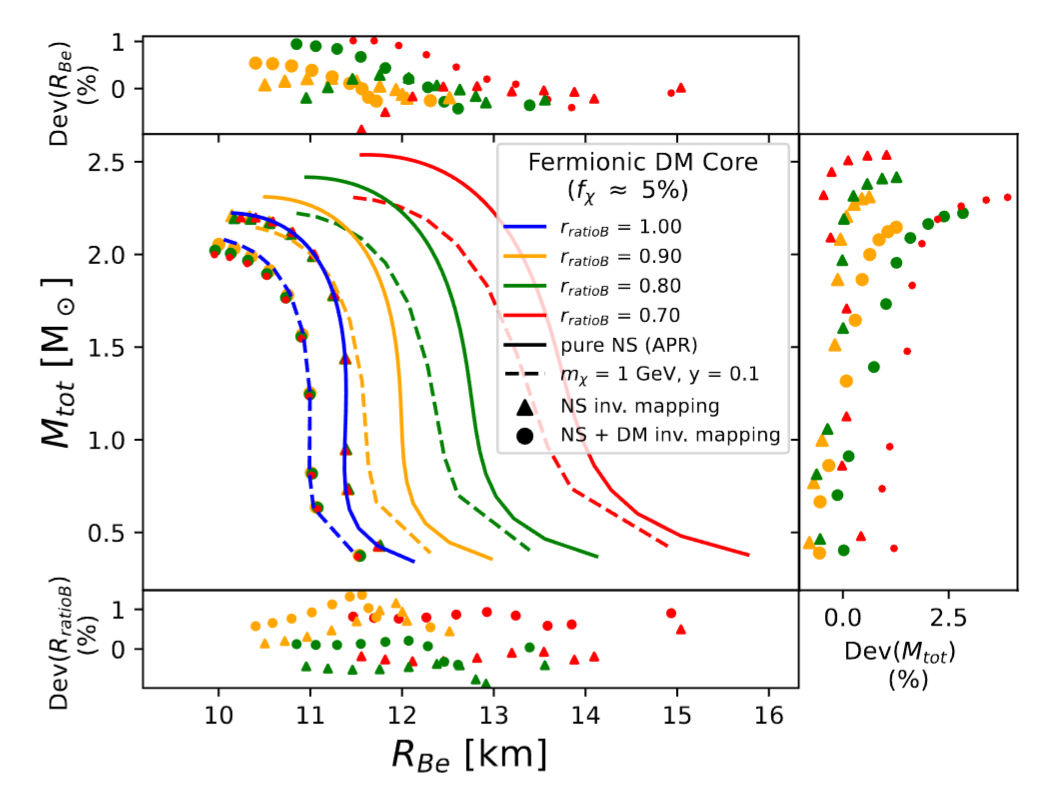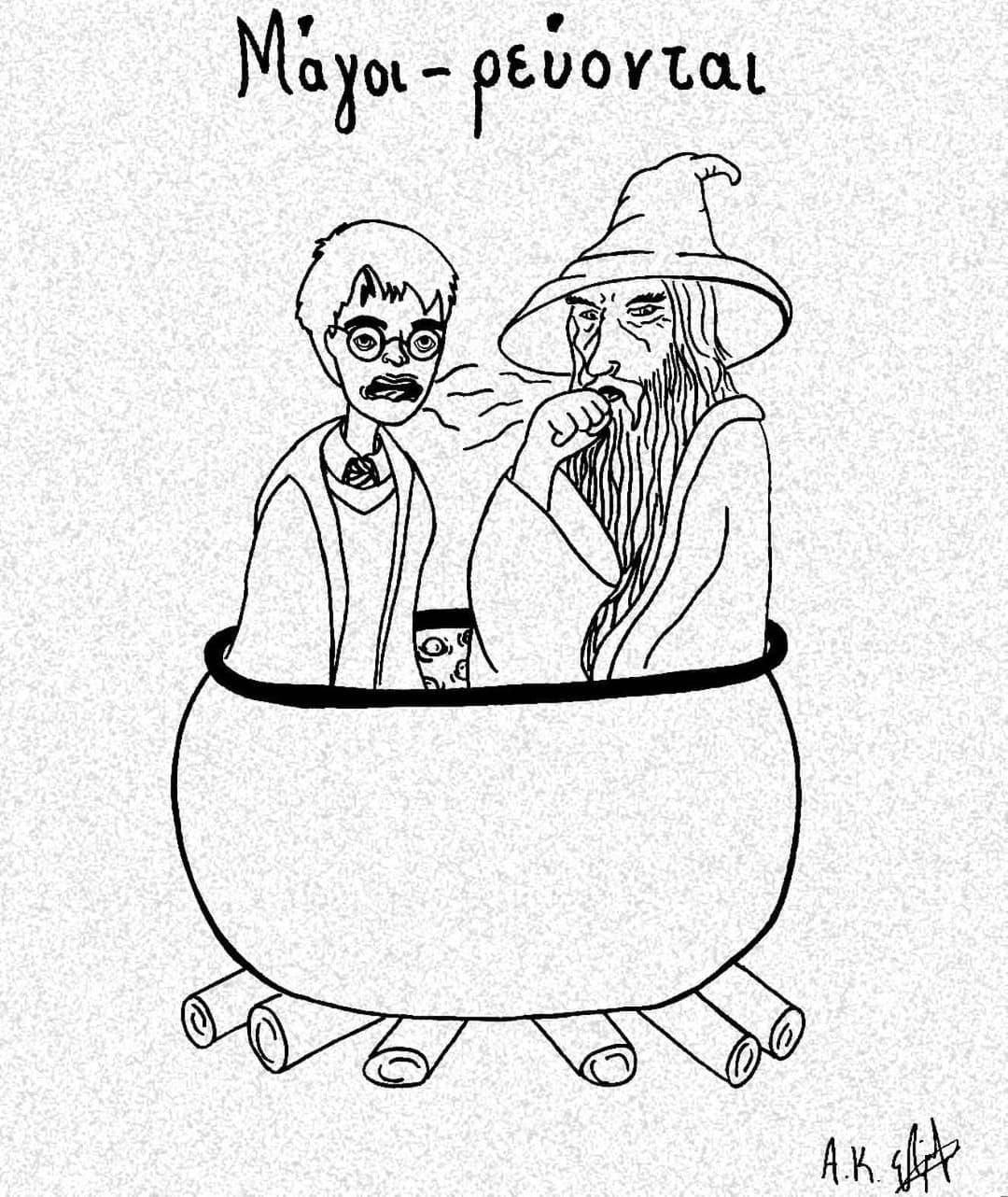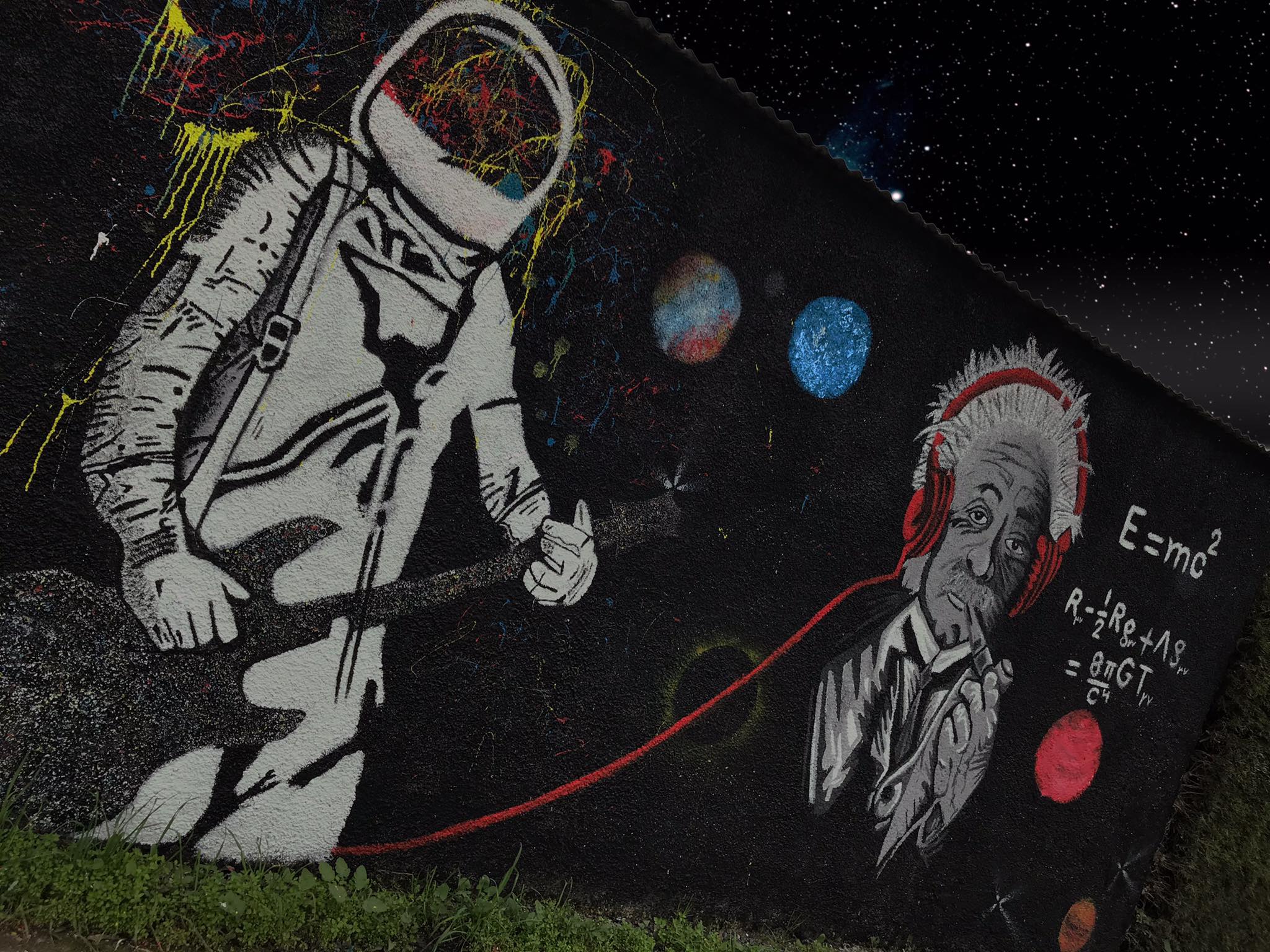Andreas Konstantinou
PhD Student
I believe Physics is the most fascinating scientific area. Through the study of the universe someone can develop critical thinking, problem solving skills and a better understanding of the world that surrounds us. This is the reason why I studied at the University of Cyprus and graduated with a Bachelor’s degree in Physics, where my undergraduate thesis subject was to Search for a charged Higgs boson in the LHC. I got my Master's degree from University of Alberta in Canada. My MSc thesis focused on the study of the Rapidly Rotating Neutron Stars, and the better understanding of their Equation of State. The main outcome was that the change of the mass and radius of the cold and rigidly rotating neutron stars is universal. At the moment I am a PhD student at the University of Cyprus, working on hyperon physics on lattice QCD.
I am mainly interested in the study of Compact Stars, General Relativity, and fundamental physics. I find Neutron Stars magnificent objects as they include all the beautiful fundamental physics laws, only within 12 km. For this reason, I would like to learn more about: a) the general relativistic nature of NSs, b) the different neutron star EOS models (degenerate fermions (neutrons, protons, electrons) the existence of hyperons, the possibility of π and K condensation, and the possibility of having free quarks or some other exotic matter), c) the superfluidity and the superconductivity, and how vortices are created in the interior of the NSs, d) the phase transition in Nss.










